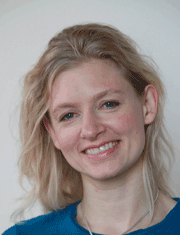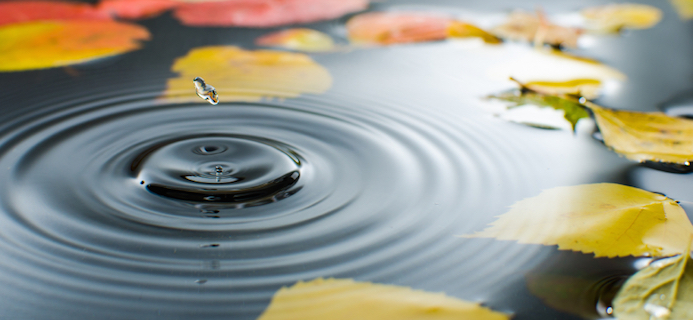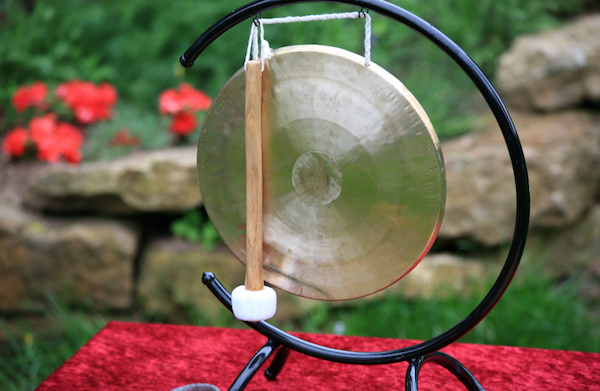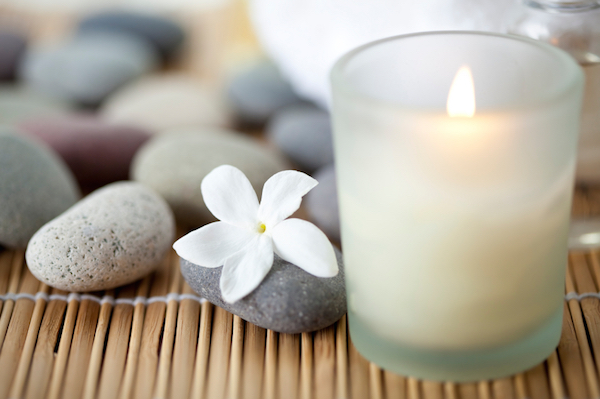Want to know how to meditate even if you’re a beginner? Calmista blogger Charlotte Watts’ new audio series How to Meditate – exclusive to Healthista – will help you develop your own meditation practice in four weeks. Plus, how you can win a copy of Charlotte’s amazing new book the The De-Stress Effect
In week three of this four part series, we look at different ways that meditation can be approached to give you the tools to explore your own practice and see what works best for holding your attention.
The word meditation refers both to the actual practice and the state reached within it, there are many possibilities for your own best path. The mind training of meditation is often associated with cultivating qualities such as serenity, steadiness, compassion, patience, resilience, insight and concentration. These all orbit around the consistency and discipline needed to notice and draw back those mind fluctuations that can dominate our waking moments.
Exploration…
Some spiritual practices use objects like prayer beads, sounds like gongs or chanting or repeating mantras (statements or words with a contemplative focus) as focal points. These all hold the attention of one or more of the senses, a useful route into being in the here and now.
As well as following the guided meditations, it is good to start to practice on your own and experience solitude to hold whatever comes up for you. Depending on the wiring of your brain, different techniques will sit right for you, whilst others not so much. Finding your stride and how to meet the distractions that you tend towards is the key to keeping up and developing a practice. Here are a few techniques that can help guide you from being up in your head to dropping beneath the chatter.
Walking meditation:
Our connection to the ground is a tactile and accessible way in to waking up our body senses and truly feeling a sense of where we are right now. For those who tend to feel agitation whilst sitting or first dropping into silence, walking can help us feel physically grounded through our feet and the motion gives feelings somewhere to go.
As walking is our foremost transport and our most natural movement, we can associate it with the whole body attunement and constant change that are key characteristics of meditation. Slowing down this automatic movement towards a sense of being in each step rather than where the steps are taking us, can provide a direct route to dropping in to the present moment.
Having a specific place to come back to when our minds wander can create the feeling of a safe haven
Questions to guide your exploration in a walking meditation:
- Can I feel each part of the shifting weight on my feet touching the ground?
- Can I start to track up the wakefulness of movement from feet up though my body and up to my head as I move?
- Am I able to slow down or are thoughts arising to drive me faster?
- Can I let go of ‘getting somewhere’?
- Can I feel the difference in my walking gait when I drop the need to strive forward?
Using an object as a focus for meditation:
You can use any object as a point of focus for meditation. Candle flames are commonly used as they are always changing, we cannot predict their nature and the constant movement holds our attention. Any object can become a place to settle your gaze upon as an anchor to help still the mind and those chattering monkeys. Having a specific place to come back to when our minds wander can create the feeling of a safe haven and the association of dropping into wakefulness in just one or two breaths. If you meditate often with a chosen object – like a small statue or an ornament – then if you place it somewhere prominent in your living space, it can provoke a prompt to mindfully pause whenever you see it.
Meditation on thoughts
Meditation has been used as an interchangeable word for contemplation in English for hundreds of years and whilst meditating isn’t actually thinking about something, it can be practiced holding a query or subject ‘in mind’ and stepping back to allow it’s unfolding. Every route to meditation is about letting go of applying the logical, rational left-brain thinking that we can get into the habit of using most. Dropping the thoughts and dialogue mean that new perspectives, fresh insight and more imaginative solutions may arise from allowing the creative right brain to have some room.
Dropping the thoughts and dialogue mean that new perspectives, fresh insight and more imaginative solutions may arise
But solving stuff and getting answers is never the point of meditation. Next week we’ll look at the expansive outlook that is the heart of meditative intention, where we can go if can have the patience to let things simply unfold.
Week 3 Guided Meditation: Sound and Space
In this fifteen minute practice we move through three main areas of focus for meditation, starting with sound and space, then opening up into what is often referred to as ‘sky mind’ and finally following a Zen contemplation on patience.
MORE: week 1 – How to meditate for beginners: practice positions and advice on frequency
Read more posts by Calmista, Charlotte Watts

to giveaway. to enter is simple: share this post on Facebook or Twitter and you’re in with a chance!

Like this article? Sign up to our newsletter to get more articles like this delivered straight to your inbox.
























































